-
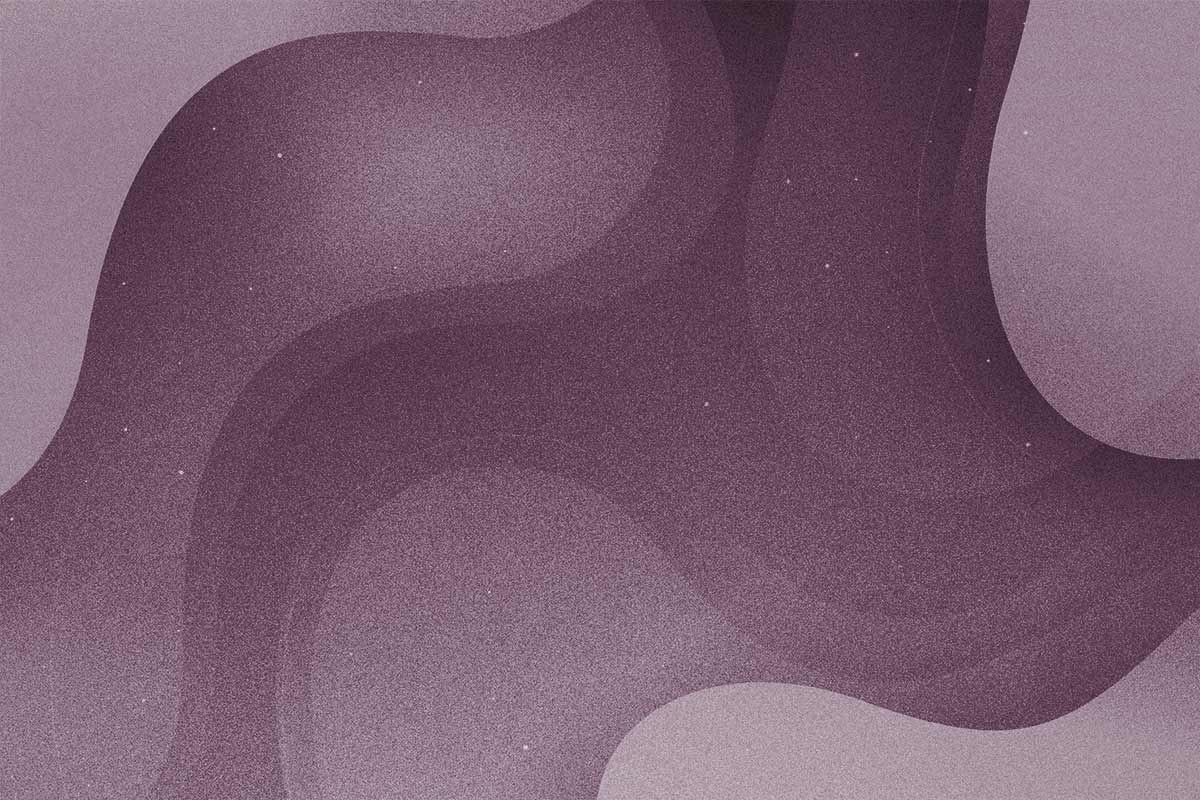 Box tree moth, Cydalima perspectalis, is an invasive pest of boxwood plants (Buxus?spp.). It was introduced into New York in 2021 and is now reported in Michigan, Ohio, Connecticut, Massachusetts, New York, South Carolina, and Tennessee. It has not been reported in Georgia yet. The native range of the box…
Box tree moth, Cydalima perspectalis, is an invasive pest of boxwood plants (Buxus?spp.). It was introduced into New York in 2021 and is now reported in Michigan, Ohio, Connecticut, Massachusetts, New York, South Carolina, and Tennessee. It has not been reported in Georgia yet. The native range of the box…|
-
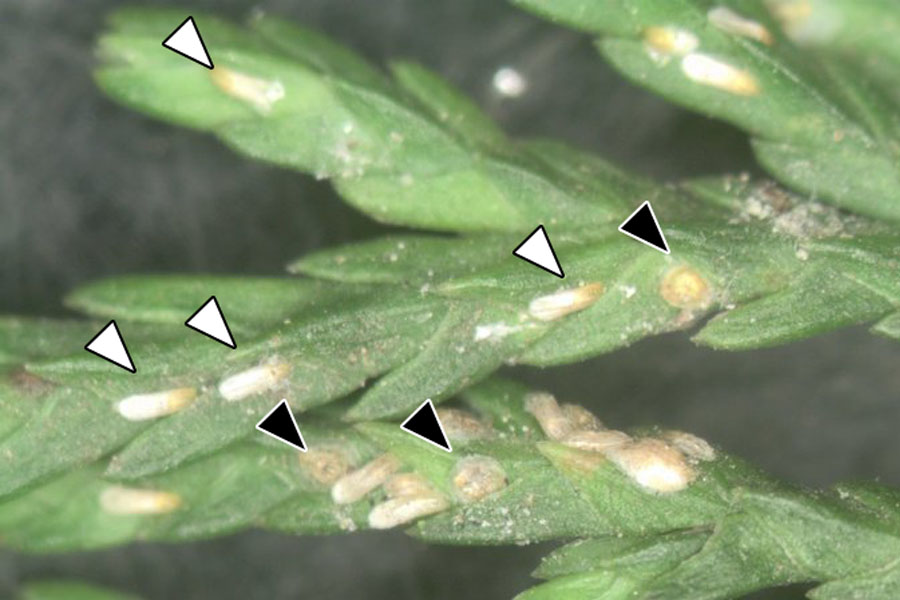
The juniper scale, Carulaspic juniperi, is a sporadic pest of juniper, cypress, and cedar trees in nurseries and landscapes in Georgia.
|
-
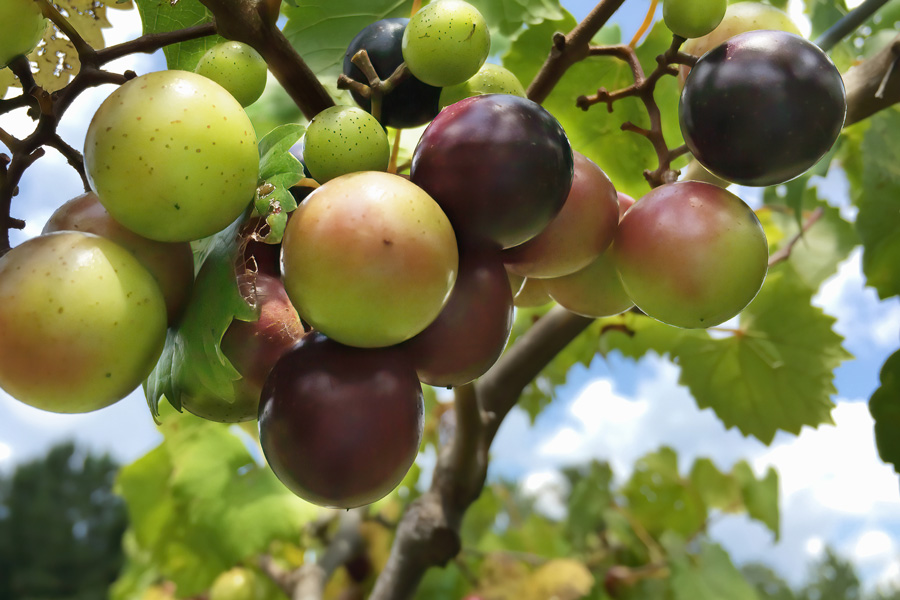 This 2025 update to the regional integrated pest management guide provides recommendations for muscadine grape production in the Southeastern U.S. Recommendations are based on information from the manufacturer’s label and performance data from research and Extension field tests. This publication is intended for use only as a guide. Specific rates…
This 2025 update to the regional integrated pest management guide provides recommendations for muscadine grape production in the Southeastern U.S. Recommendations are based on information from the manufacturer’s label and performance data from research and Extension field tests. This publication is intended for use only as a guide. Specific rates…|
-
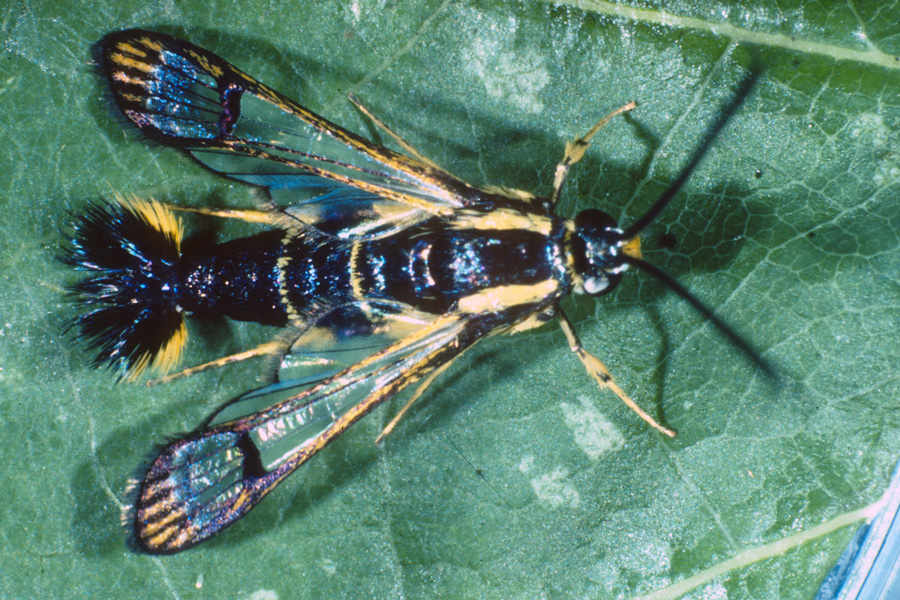
C 1316
Dogwood Borer
The dogwood borer can be a destructive pest of many ornamental trees in nurseries and landscapes. The dogwood borer also attacks fruit and nut trees in landscapes and commercial orchards. It is native to North America and is common in eastern Canada and the United States. It is present throughout…|
-
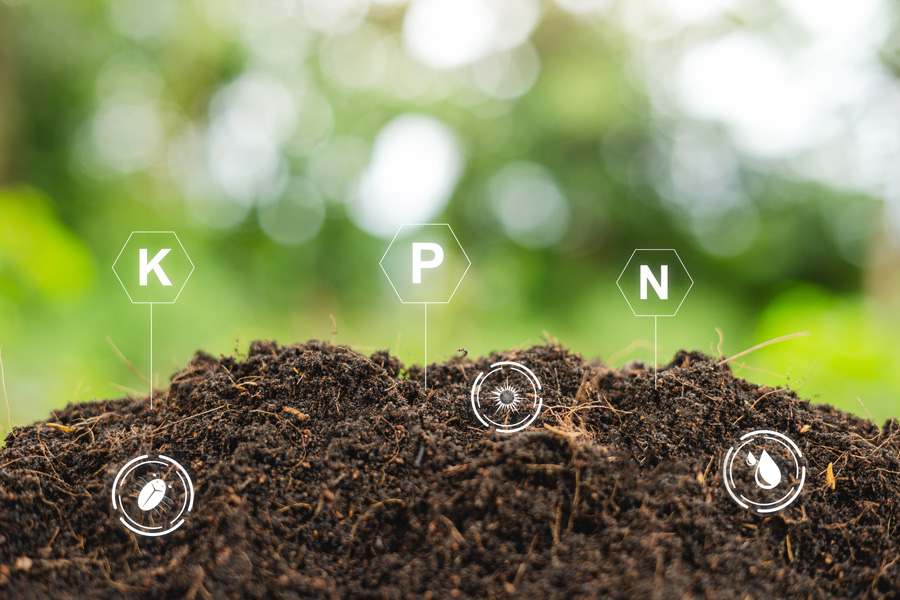 Proper use of treated industrial wastes contributes to the circular economy and reduces wastes that would have been disposed of in landfills or by incineration. This publication clarifies Georgia’s legal definition of “soil amendments” and highlights current policies governing the application of processed wastes on farm lands in Georgia. Compliance with…
Proper use of treated industrial wastes contributes to the circular economy and reduces wastes that would have been disposed of in landfills or by incineration. This publication clarifies Georgia’s legal definition of “soil amendments” and highlights current policies governing the application of processed wastes on farm lands in Georgia. Compliance with…|
-
 This guide to housing preweaned dairy calves is a resource for both farmers and youth participating in livestock projects. Housing can greatly impact the health and growth of dairy calves. Attention to factors that influence feed intake, comfort, and health are necessary for optimum growth and performance of calves, with…
This guide to housing preweaned dairy calves is a resource for both farmers and youth participating in livestock projects. Housing can greatly impact the health and growth of dairy calves. Attention to factors that influence feed intake, comfort, and health are necessary for optimum growth and performance of calves, with…|
-
 The growth and development of sweet corn is affected by accumulated heat units, measured in growing degree days (GDDs). This publication provides South Georgia sweet corn growers with insights into the relationship between temperature and GDD units and the key growth stages of sweet corn. This will help growers make…
The growth and development of sweet corn is affected by accumulated heat units, measured in growing degree days (GDDs). This publication provides South Georgia sweet corn growers with insights into the relationship between temperature and GDD units and the key growth stages of sweet corn. This will help growers make…|
-
 A handy reference for identifying weeds that are toxic to horses, this publication includes pictures to aid identification, a brief description of the plants, and the specific toxicity symptoms associated with common weeds and trees that are poisonous to horses. It also gives tips on how to better manage pastures…
A handy reference for identifying weeds that are toxic to horses, this publication includes pictures to aid identification, a brief description of the plants, and the specific toxicity symptoms associated with common weeds and trees that are poisonous to horses. It also gives tips on how to better manage pastures…|